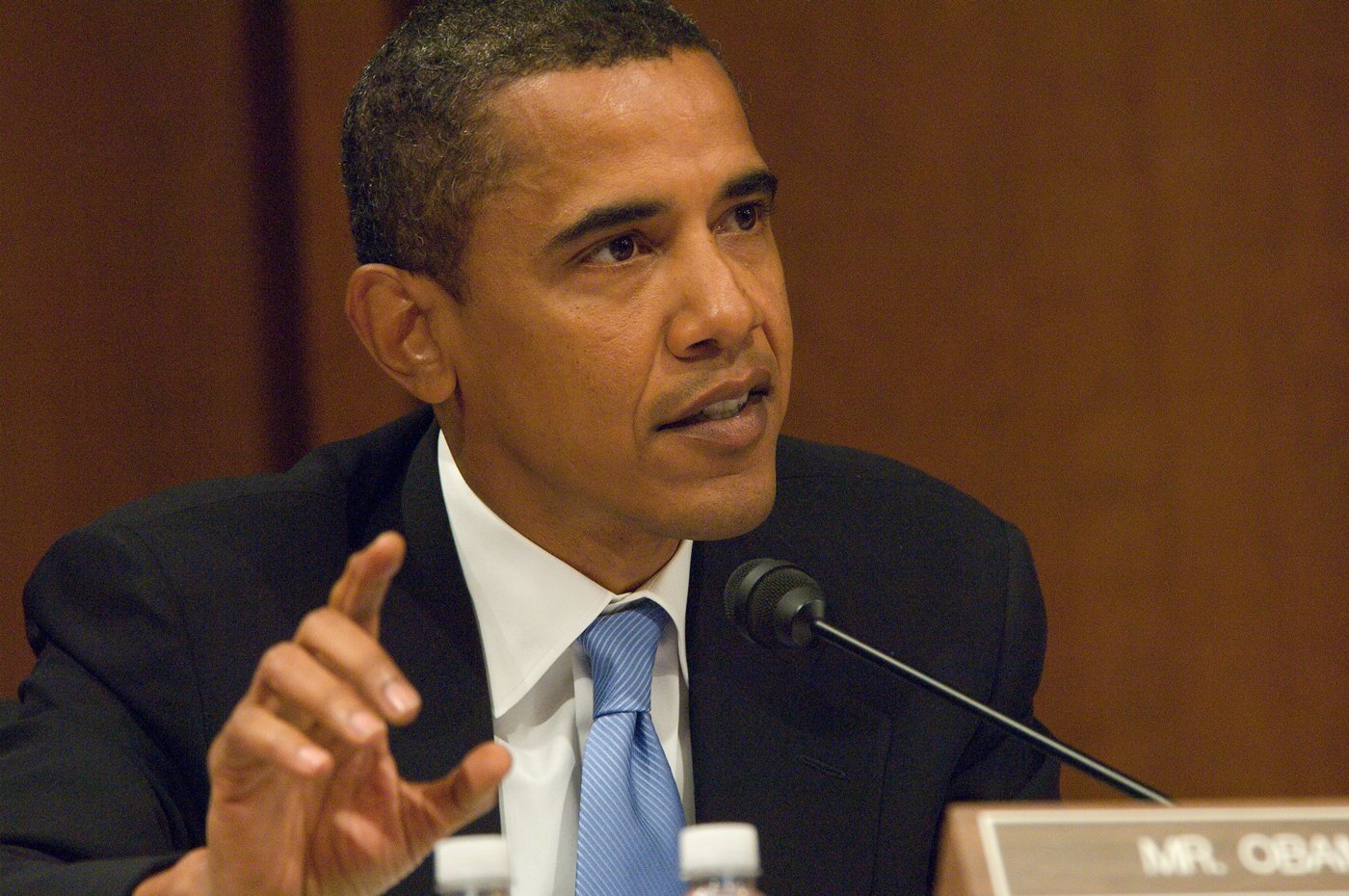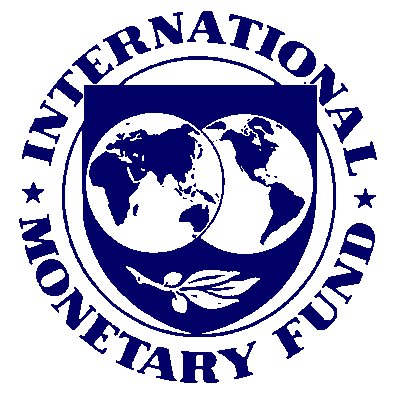Barack and Michelle Obama were supposed to be in Agra on January 27, 2015, visiting the Taj Mahal. Instead they will now be going to Saudi Arabia to pay respects to King Salman bin Abdulaziz, the recently crowned King of Saudi Arabia and the family of the late King Abdullah bin Abdulaziz, who died on January 23. Bloomberg reports that keeping with religious tradition, Abdullah was was quickly and quietly buried on the day he died.
A newsreport in The Indian Express points out that the “Supreme Court had earlier directed all visitors to the Taj Mahal to disembark at the Shilpgram complex, 500 metres away, and board an electric vehicle to the entry gate.” This was deemed to be a security risk by the Secret Service that guards President Obama and hence, the visit was cancelled.
This reason has since been denied by the White House. A more plausible reason lies in the shared history of Saudi Arabia and the United States. As Adam Smith (George Goodman writing under a pseudonym) writes in Paper Money: “In 1928, the Standard Oil Company of California, Socal, had failed to find oil in Mexico, Ecuador, the Philippines, and Alaska. As a last resort, it bought concession from Gulf on the island of Bahrain, twenty miles off the coast of Saudi Arabia, and found some oil. Socal sought out Harry St. John Philby, a local Ford dealer…who was a friend of the Saudi finance minister, Sheikh Abdullah Sulaiman…For 35,000 gold sovereigns, Socal got the concession for Saudi Arabia. Sheikh Abdullah Sulaiman counted the coins himself. Socal’s Damman Number 7 struck oil at 4,727 feet in 1937.”
This is how Saudi Arabia’s journey as an oil producer started. The United States was the world’s largest producer of oil at that point of time, but its obsession with the automobile had led to a swift decline in its domestic reserves.
President Franklin D. Roosevelt realized that a regular supply of oil was very important for America’s well-being. Immediately after attending the Yalta conference in February 1945, Roosevelt travelled quietly to the USS Quincy, a ship anchored in the Red Sea. Here he met King Ibn Sa’ud of Saudi Arabia, the country which was by then home to the largest oil reserves in the world. Ian Carson and V.V. Vaitheeswaran point this out in their 2007 book, Zoom—The Global Race to Fuel the Car of the Future.
Car production had come to a standstill in the United States during the course of the Second World War. Automobile factories became busy producing planes, tanks, and trucks for the War. Renewed demand was expected to come in after the end of the War. Hence, the country needed to secure another source for an assured supply of oil.
So, in return for access to the Saudi Arabian oil reserves, King Ibn Sa’ud was promised full American military support to the ruling clan of Sa’ud. It is important to remember that the American security guarantee made by President Roosevelt was extended not to the people of Saudi Arabia nor to the government of Saudi Arabia but to the ruling clan of Al Sa’uds.
Over the years, Saudi Arabia further returned the favour by ensuring that Organization of the Petroleum Exporting Countries (OPEC) continued to price oil in terms of dollars despite the fact that it was losing value against other currencies, especially in the 1970s.
Attempts were made by other members of the OPEC to price oil in a basket of currencies, but Saudi Arabia did not agree to it. This ensured that oil continued to be the international reserve and trading currency. Most countries in the world did not produce oil and hence, needed dollars to buy oil. This meant that they had to sell their exports in dollars in order to earn the dollars to buy oil.
If Saudi Arabia and OPEC had decided to abandon the dollar, it would have meant that the demand for the dollar would have come crashing down, as countries would no longer need dollars to pay for oil. Hence, oil will continue to be priced in dollars as long as Al Sa’uds continue to rule Saudi Arabia because they have the security guarantee from the United States.
Further, Saudi Arabia remains a close ally of the United States despite the fact that the late Osama bin Laden was a Saudi by birth. Osama was the son of Mohammed bin Awad bin Laden and his tenth wife, Hamida al-Attas. The senior bin Laden was a construction magnate who was believed to have had close ties with the Saudi Royal family.
Since 2008, a lot of shale oil has been discovered in the United States and the production of oil in the United States has gone up by four million barrels per day to nine millions barrels per day, with almost all of the increase coming from increased production of shale oil. This is only a million barrels per day lower than the daily oil production of Saudi Arabia.
Given this, why does the United States still need to continue humouring Saudi Arabia? It is now producing enough oil on its own. James K. Galbraith has an answer for it in The End of Normal: “There is no doubt that shale is having a strong effect on the American economic picture at present…But the outlook for sustained shale…production over a long time horizon remains uncertain, for a simple reason: the wells have not existed long enough for us to know with confidence how long they will last. We don’t know that they won’t; but also we don’t know that they will. Time will tell, but there is the unpleasant possibility that when it does, the shale gas miracle will end.”
Jeremy Grantham of GMO goes into further detail in a newsletter titled The Beginning of the End of the Fossil Fuel Revolution (From Golden Goose to Cooked Goose: “The first two years of flow are basically all we get in racking…Because fracking reserves basically run off in two years and can be exploited very quickly indeed by the enterprising U.S. industry, such reserves could be viewed as much closer to oil storage reserves than a good, traditional field that flows for 30 to 60 years.” The process used to drill out shale oil is referred to as fracking.
Hence, shale-oil might turn out to be a short-term phenomenon. As of now shale oil is not going to replace cheap traditional oil, which is becoming more and more difficult to find. As Grantham points out: “Last year for example, despite spending nearly $700 billion globally – up from $250 billion in 2005 – the oil industry found just 4½ months’ worth of current oil production levels, a 50-year low!”
It is worth remembering that the United States consumes 25 percent of the world’s daily production of oil and half of its daily production of petrol, or what Americans call gasoline. The fact that it is using way too much oil becomes even more obvious given that it has only five percent of the world’s population. Given this, it still needs Saudi Arabia.
Hence, the Obamas need to go to Saudi Arabia and offer their condolences on King Abdullah’s death as soon as possible. The Taj Mahal will have to wait.
(Vivek Kaul is the author of the Easy Money trilogy. He tweets @kaul_vivek)
The article originally appeared on www.Firstpost.com as on Jan 26, 2015




